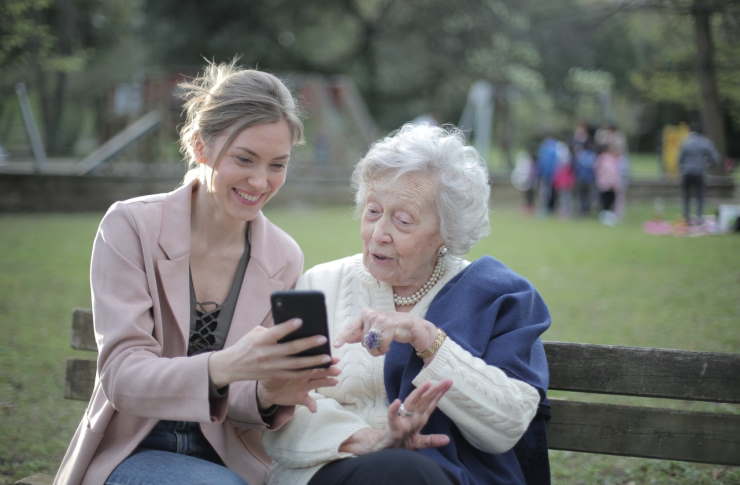Telecommunications' Role in Connecting Older Americans
How can modern telecom services enhance the lives of the elderly? Learn how innovative solutions are enabling better communication and breaking down isolation barriers for America's aging population.

Setting the Scene: The Aging Population
In the United States, the number of citizens aged 65 and older is expected to virtually double by 2060. As this demographic grows, it becomes increasingly critical to consider connectivity and communication solutions designed with their unique needs in mind. It’s undeniable that the internet and digital technology have revolutionized how we communicate, yet many older adults remain disconnected from these advancements, highlighting a marked digital divide between generations.
The Telecom Journey: From Landlines to Smartphones
Historically, telecommunications revolved primarily around traditional landline telephones, but rapid tech evolution has propelled us into an era of smartphones, Wi-Fi, and video-calling. While initially met with hesitance, research reveals growing tech acceptance among older adults, signaling opportunities for tailored telecom solutions that can improve their overall quality of life.
Disruptive Trends in Telecom for Seniors
Current telecom trends aim to bridge the generational tech gap by prioritizing user-friendly interfaces, accessibility features, and targeted services. Voice recognition technology, for instance, allows those with motor or vision impairments to access digital platforms more easily. Further, telecom companies are developing senior-friendly mobile plans, including custom smartphones designed for older Americans lacking tech-savvy skills.
Impact of Senior-Focused Telecommunication
Enhanced telecommunication can dramatically improve the lives of older adults, reducing isolation and creating stronger community connections. It also opens up opportunities for telehealth and remote care—significant considerations in a world still grappling with the effects of a global pandemic. However, significant challenges such as affordability, user education, and technology adoption persist.
Future Directions in Telecom Services for Seniors
Looking forward, we anticipate a focused push to integrate older citizens into our digital world, driven by tailored tech solutions, enhanced usability, and increased accessibility. The mission to ensure that seniors are not left behind in our rapidly evolving digital landscape will continue to shape the future of telecommunications.
In conclusion, the expansion of senior-friendly telecommunication services represents a significant step forward in bridging the digital generational divide. It underscores the powerful role of the internet and telecommunications in fostering inclusivity and enhancing the lives of individuals across all age spectrums. By working to understand and meet the unique needs of America’s aging population, we can enable more enriching, connected, and fulfilling lives for our older citizens.




